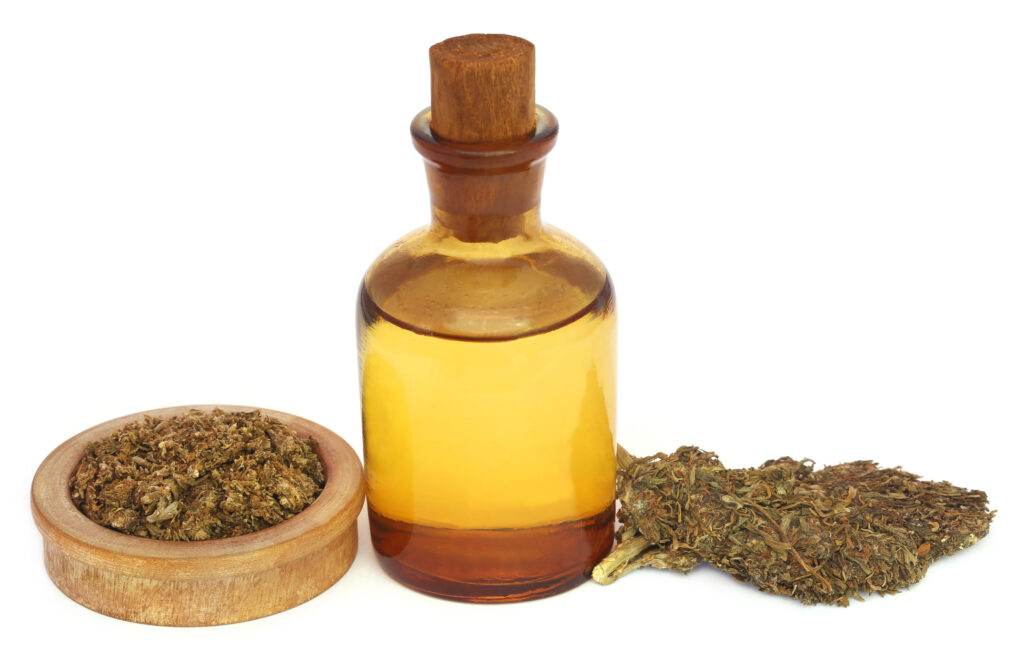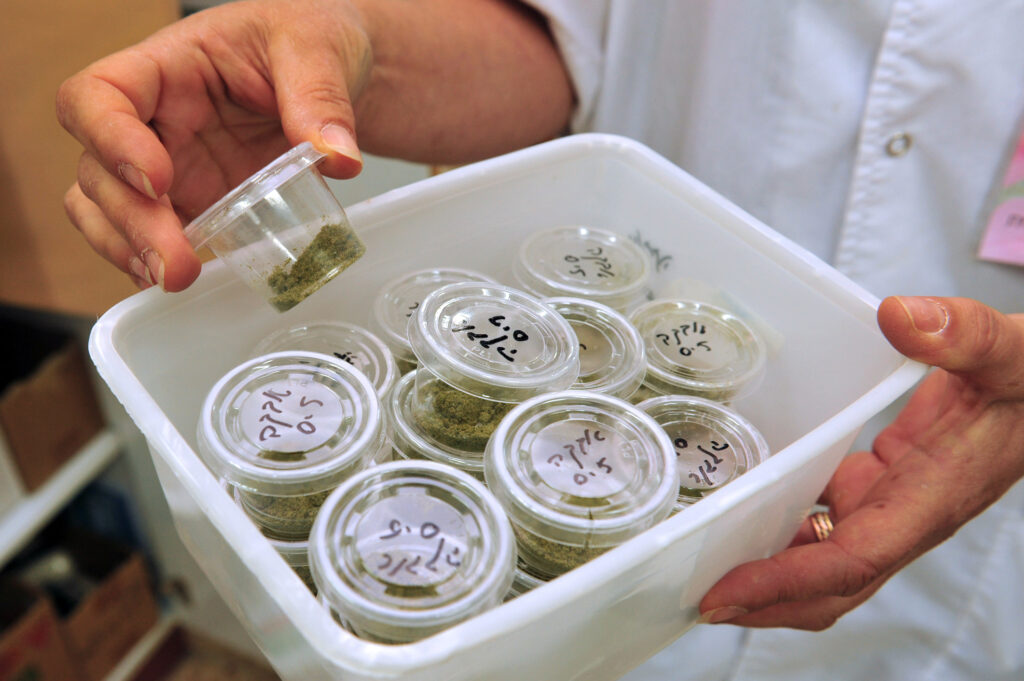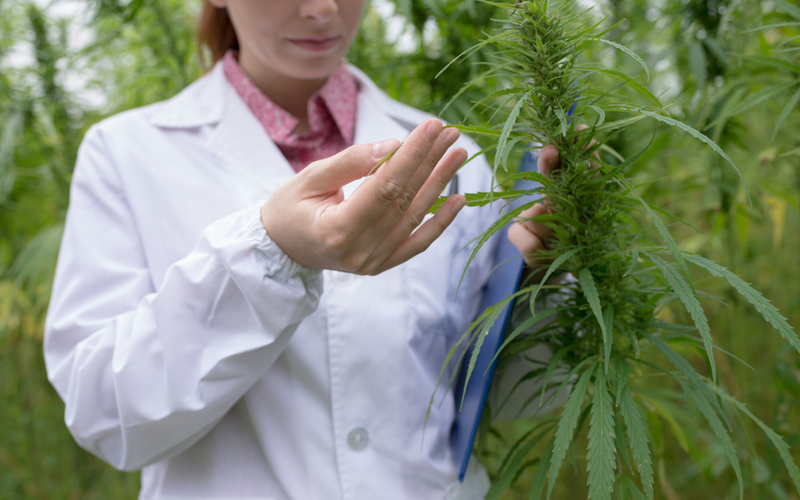The legal environment surrounding cannabis and hemp in the United States, Canada, and many other countries around the globe is rapidly changing. No longer does this plant carry the stigma of the 20th century.
Over the past decade, it has become commonly accepted that cannabinoids, flavonoids, and terpenes synthesized by Cannabis spp. can positively affect well-being, but there has been little consideration for potentially adverse phenotypic and sociological outcomes.
Nonetheless, the realities of CB1 and CB2 receptors and the endocannabinoid system argue in favor of more research and understanding of phytocannabinoids and their role in physiology.
In the U.S., the legal landscape surrounding cannabis is a thickly bordered mosaic between the states and the federal government.
From the DEA perspective, the cannabis plant or cannabinoid products are illegal if they contain more than 0.3 percent by weight of delta-9-tetrahydrocannabinol, colloquially referred to as THC.
In an article in smithsonianmag.com, Brian Handwerk writes that contemporary marijuana typically contains 18% to as much as 30% THC. Levels of THC this high are an order of magnitude more potent than the marijuana of the 1980s.
Hemp is defined in the United States Federal Register as any part or derivative (including seeds) of the plant Cannabis sativa L. with a dry weight concentration of tetrahydrocannabinols not greater than 0.3 percent.
In this context, tetrahydrocannabinols include the salts and isomers of THC. The FDA must ensure safe food, drugs, and dietary supplements synthesized or derived from cannabis or hemp comply with DEA regulations.
The USDA must regulate industrial hemp production.
In March 2021, the USDA issued a final rule that mandated “maintaining records about the land where hemp is produced, testing the levels of total THC, disposing of non-compliant plants, licensing hemp producers, and ensuring compliance under the new program.”
In states that have legalized medicinal or adult recreational use of cannabis products, legislation is defined for product testing.
Residual pesticides and solvents, terpenes, mycotoxins, heavy metals, and microbial screening for E. coli and Aspergillus spp. are commonly required tests.
Regarding cannabinoids, states require a quantitative assessment of total THC and total cannabidiol, which is a common phytocannabinoid derived from the decarboxylation of cannabidiolic acid.
These metrics are a normalized sum of the corresponding acid plus the neutral compound. Total THC and total cannabidiol are determined through Equations 1 and 2.
Equation 1
Total THC = 0.877 * [Tetrahydrocannabinolic Acid] + [THC]
Equation 2
Total Cannabidiol = 0.877 * [Cannabidiolic Acid] + [Cannabidiol]
Recently, delta-8-THC has become the controversial step-kin of THC.
In the more chemically processed products, the synthetic potential for THC by-products is high, and often compounds like delta-8-THC are formed.
Although not defined in most regulations, quantitative determination of delta-8-THC is critical for total THC accuracy.
What is delta-8-THC and how is it made?

Many people don’t realize that cannabis plants do not genetically synthesize THC.
In fact, the cannabis genome is encoded to synthesize eight phytocannabinoid acids.
From these acids, as many as 66 to 100 cannabinoids (there are claims of hundreds of cannabinoids), including THC, are non-genetically synthesized through processes such as decarboxylation, photo-irradiation, photo-oxidation, and other degradation processes.
In harvested plants, delta-8-THC is formed over time through a process that transforms THC into a close “relative” chemically referred to as an isomer.
It has the same number and configuration of atoms as THC but differs by the position of a carbon-carbon double bond. This subtle difference engenders different biochemical and physical properties in delta-8-THC compared to THC.
Although delta-8-THC formation occurs through natural processes over time, its relative concentration is typically low compared to THC and cannabidiol in plant material.
delta-8-THC is also easily synthesized from cannabidiol and this is, along with it being a THC isomer, at the heart of the controversy between delta-8-THC advocates, the government, and regional jurisdictions.
What’s the appeal of delta-8-THC?
Delta-8-THC is sometimes referred to as THC-light.
Anecdotally, it is purported to have some psychoactive properties but may not have the intense intoxicating properties of THC.
Certainly, more research must be undertaken to assess claims that have not been evaluated in controlled studies.
The contemporary appeal of delta-8-THC is the perceived legal status of the compound and that it somehow skirts
federal law.
Is delta-8-THC legal?

Technically, no.
The DEA considers delta-8-THC a synthetically derived Schedule I controlled substance.
According to Bill Weinberg of Project CBD, the official list of Controlled Substances names THC and delta-8-THC under its entry for tetrahydrocannabinols.
Is there a consumer market for delta-8-THC?
Since 2020, sales of delta-8-THC products have exponentially increased.
Many delta-8-THC proponents claim the 2018 Farm Bill neglected to explicitly state the legal status of delta-8-THC and it is therefore legal. However, many jurisdictions in the U.S. and the DEA disagree.
What is the future of delta-8-THC?

In products that contain high concentrations of delta-8-THC, the compound is synthesized and not obtained through natural postharvest processes from plant materials.
Furthermore, delta-8-THC is an isomer of THC.
Since the DEA considers the synthetic production of delta-8-THC illegal and the fact that it is an isomer of THC, these two points cast an uncertain future in the U.S. for delta-8-THC products.
Is delta-8-THC the ugly step-kin of THC, or will it become the next best thing in cannabis sales and consumption? It remains to be seen, but rest assured the debate will be hot and heavy over the foreseeable future in the U.S. ϖ
Disclaimer. Agilent products and solutions are intended to be used for cannabis quality control and safety testing in laboratories where such use is permitted under state/country law. DE44320.4099189815
Dr. Anthony Macherone is a Senior Scientist with Agilent Technologies and a Visiting Professor at the Johns Hopkins University School of Medicine. His analytical expertise is LC/MS and GC/MS. For the past 4.5 years, Anthony has been leading a team of scientists for the development of analytical testing methodologies for cannabis and hemp products.
Author
-

Patricia Miller is an executive editor at Innovative Properties Worldwide. She explores science, technology, and policy shaping the legal cannabis sector. Follow her work when you subscribe to Cannabis & Tech Today at cannatechtoday.com/subscribe/ or visit her website https://patriciamiller.squarespace.com/.








